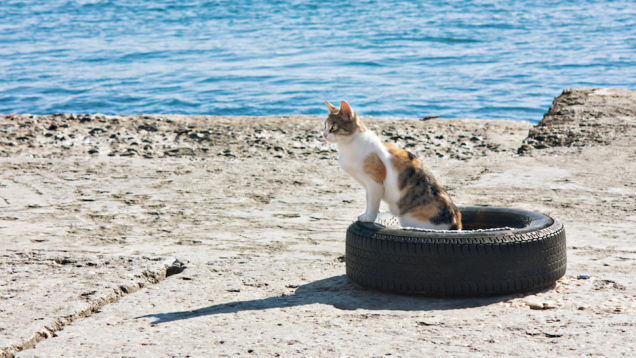Beaches Are Literal Human Litter Boxes
When this happens, “No Swimming” signs are often posted at beaches.
Enjoying the sand on the beach?
If you haven’t already been put on alert by sunscreen ads speaking loudly about melanoma or heard of the possible dangers of jellfyfish and stingrays, a new study at the University of Hawaii will add to the reasons why you should be cautious this summer before venturing out to the beach.
All this time you were anxious about the water, but the sand is the real problem.
Studies done with water and sand from Hawaiian beaches found a “higher abundance” of bacteria indicating fecal contamination – bugs such a E. coli, for example – in the sand than in the water. The bacteria also decays at a longer rate in the soil compared to bacteria present in seawater. According to earlier studies, there are a number of fecal contaminants on the beach sand.
“There’s a dynamic interface between water and sand”, explained Scaffner.
Scientists at Clemson University said in an online article that fecal coliform bacteria are the most widespread microbiological contaminants found in natural waters and are considered as indicator organisms. “The sand likely keeps feeding and reintroducing indicator bacteria into the water”.
In many situations, most people simply ignore the warning signs, or aren’t too bothered by it all. But it could also mean that there is pollution in the sand, and thus, it would be more prudent to avoid the beach altogether.
Waters contaminated with sewage can be the cause for illnesses such as diarrhea and stomach aches.
The contamination comes from a complex of sources. The bacteria originates with “warm-blooded animals” (think everything from humans to sea gulls to deer) and can get to waterways via storm runoff, leaking sewers, improperly discarded diapers, or even from swimmers who have accidents.
Beachgoers are advised to be more careful and set towels or mats before laying down on the sand.








